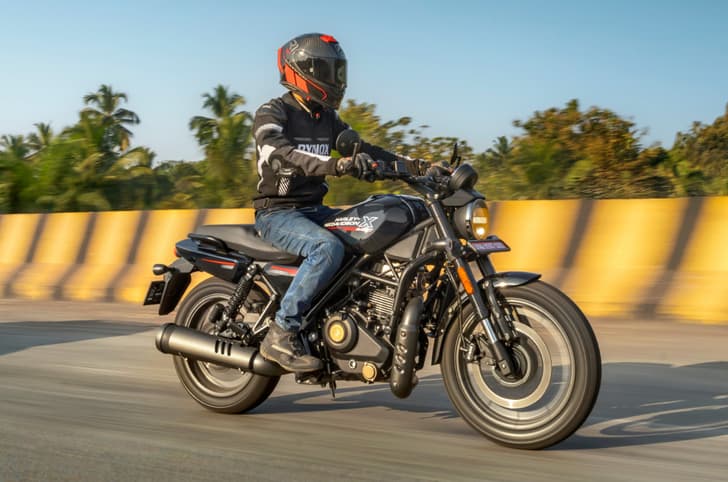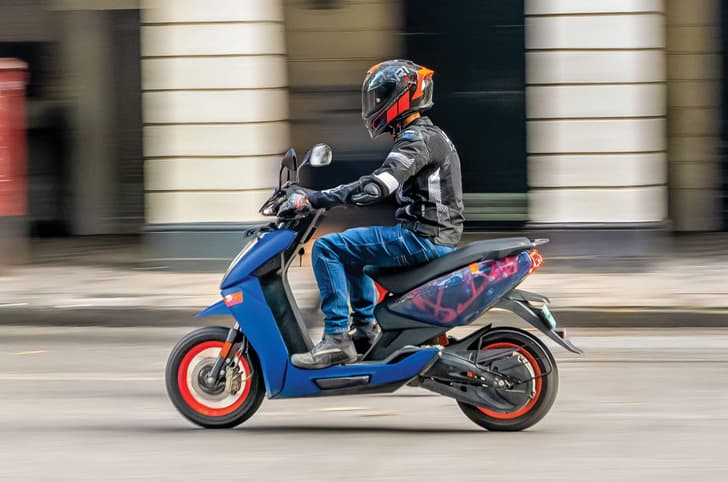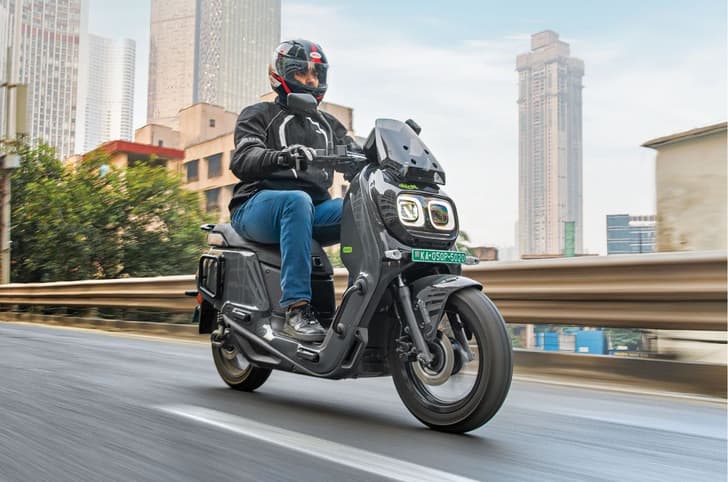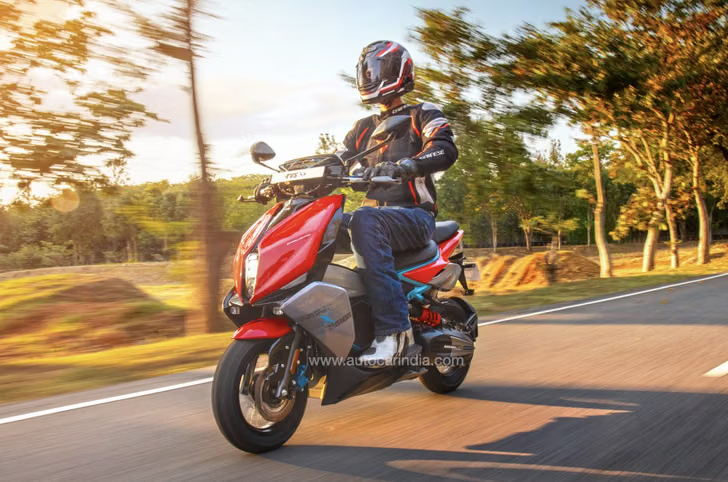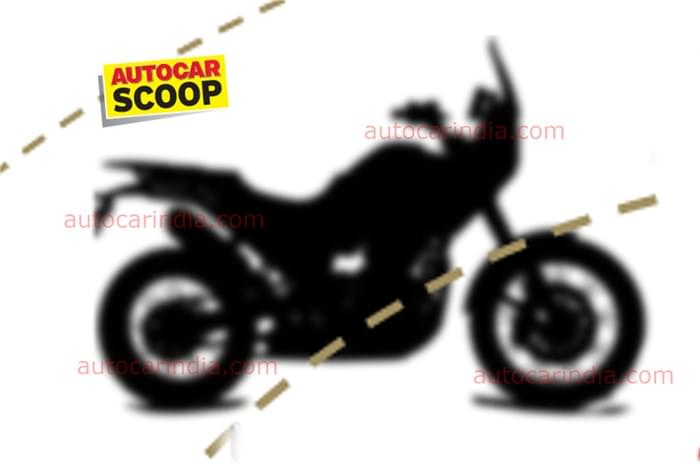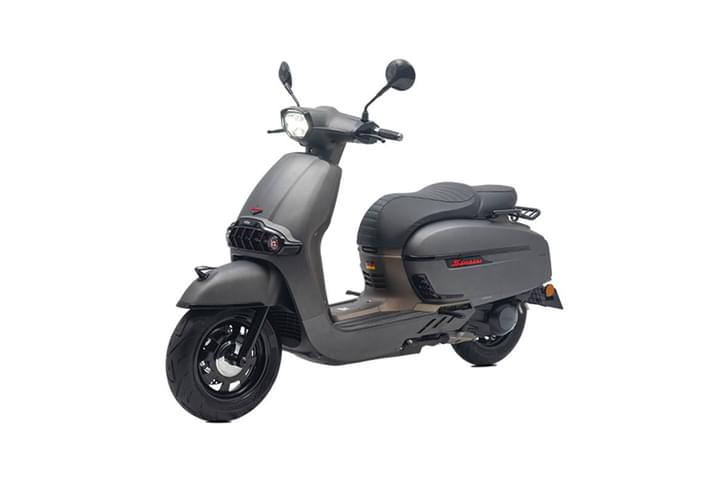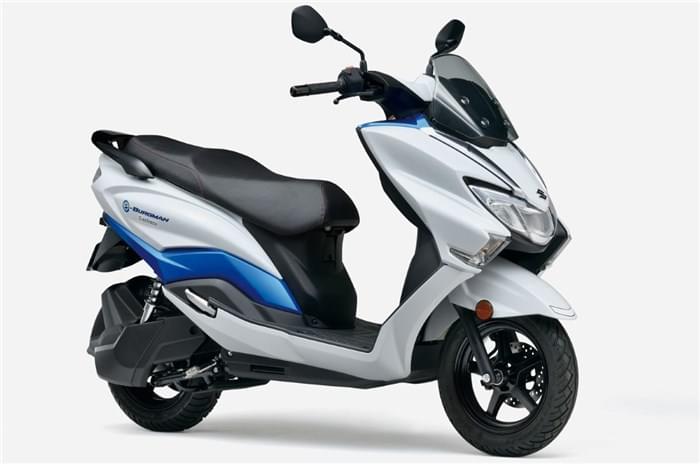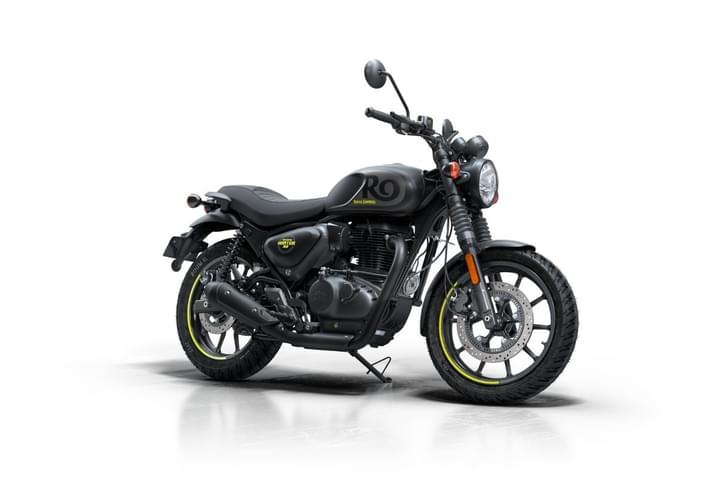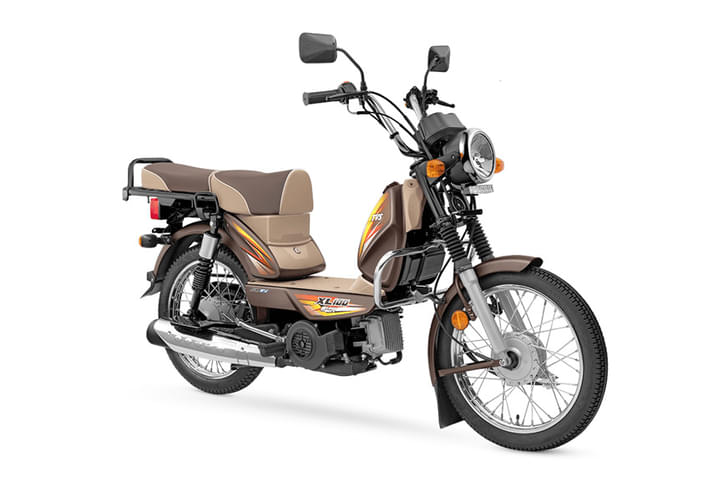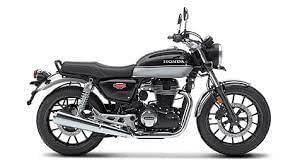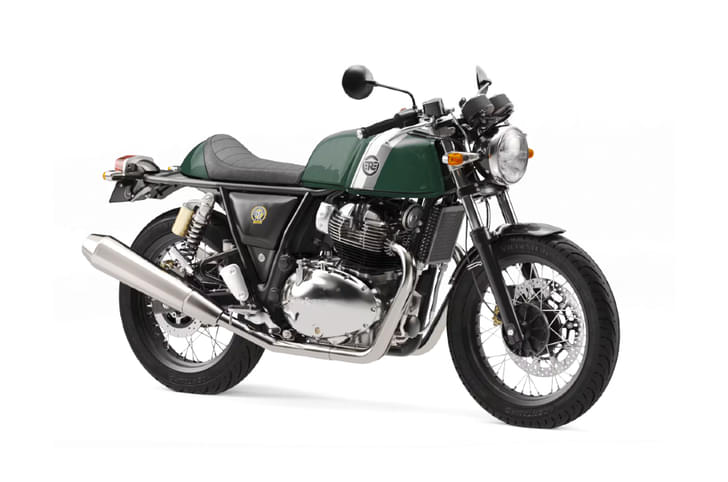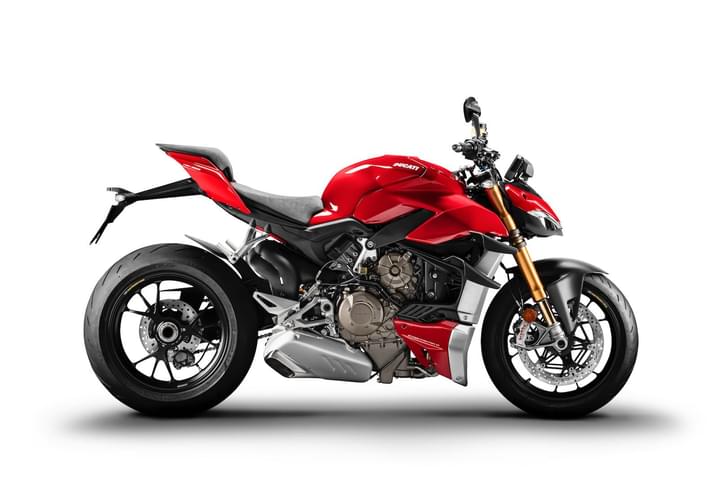Fifteen years ago, when the Yamaha FZ16 was launched, I was nothing but a scrawny kid and the bike was one of the most powerful in its class. Fast-forward to today, I’ve grown in both stature and width (not maturity) and so has the FZ you could argue. Slowly but steadily, it’s given up its performance chops and transitioned to a commuter, and this FZ-S FI V4 DLX (what a mouthful!) really drives home that point.
Love it or hate it, there’s no missing the FZ V4 on the road, especially in our test bike’s bright red paint. The V4 gets a more powerful LED headlight that works quite well, although it’s not the prettiest one out there. Every panel on this bike is designed to make it look larger than it is, from the faux radiator shroud, to the extensions under the tank and even the bulbous fuel tank itself. And it feels big when you sit on it too, which is a big part of the appeal for many people.
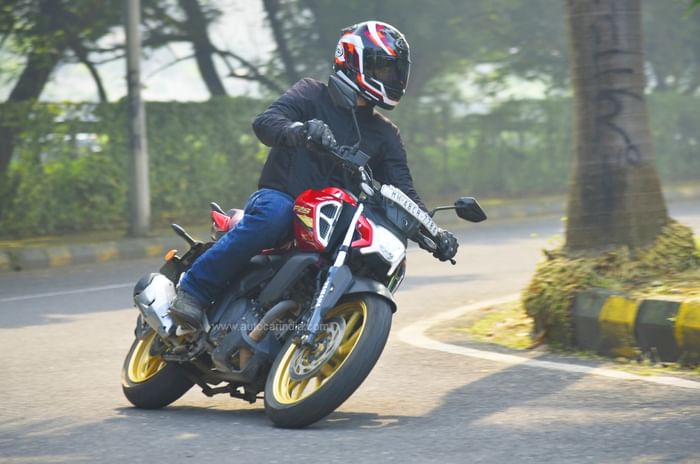
However, there is a lot of unpainted black plastic on the bike from the aforementioned panels, to the front fender and even the subframe cover. Fit and finish is acceptable in most areas, but there were a couple of panel gaps and some corrosion on our bike’s engine, in just 3,000km. Bear in mind though that Mumbai is more humid than most Indian cities, so depending on where you stay this may not be a problem.

If you’re the kind of rider who wants maximum performance, the FZ-S V4 is not the way to go about it. Its 149cc mill makes 12.4hp and 13.3Nm, numbers that put it at the bottom of the pile of today’s 150-160cc class. In our tests, the FZ managed the sprint to 60kph from a standing start in 5.4s, thanks to the light 136kg kerb weight, which is decent. 0-80kph is also not bad at 9.77s, but 0-100kph takes a labourious 19.47s and indicated top speed will be around 110kph.
While performance isn’t its strong suit, real-world useability is. It is tractable and remarkably fuel efficient, returning 48.7kpl (overall) during our tests. You can run the engine at lower speeds in higher gears, and it will pull without protest once you open the throttle.
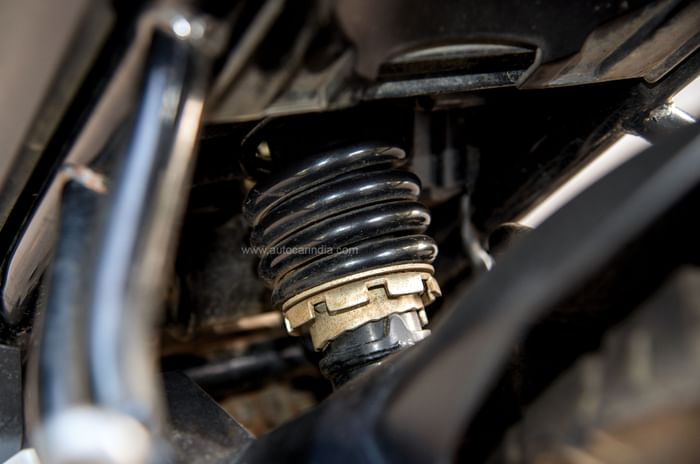
Reinforcing its focus on daily use are the relaxed ergos. Your torso is nearly upright and there’s a gentle bend in your knees. I found that seating comfort is quite good and there’s enough room to carry a pillion comfortably too, although those who don’t prefer firm seats will be put off. What was a letdown was the stiff rear suspension considering the intended usage. You feel every little imperfection on the road and I do think a softer setup can go a long way in improving the experience.
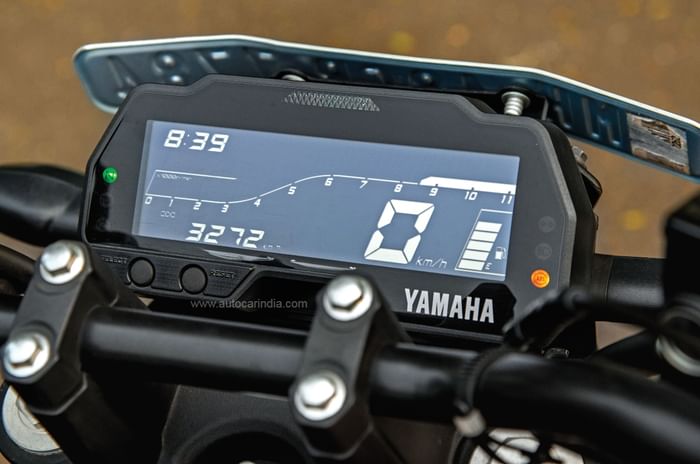
Something that I found quite perplexing was that Yamaha decided to endow this 12.4hp bike with a switchable traction control system (which was never called upon), but it still doesn’t get rear ABS or a hinged fuel filler cap. The LCD dash can be paired to your smartphone using the Y-Connect App but annoyingly, it doesn’t get a gear position indicator. Speaking of the Bluetooth functionality, dedicated icons on the dash illuminate to indicate that you’re getting a call or message, and you have to stop and receive it unless your phone is connected to a Bluetooth headset.
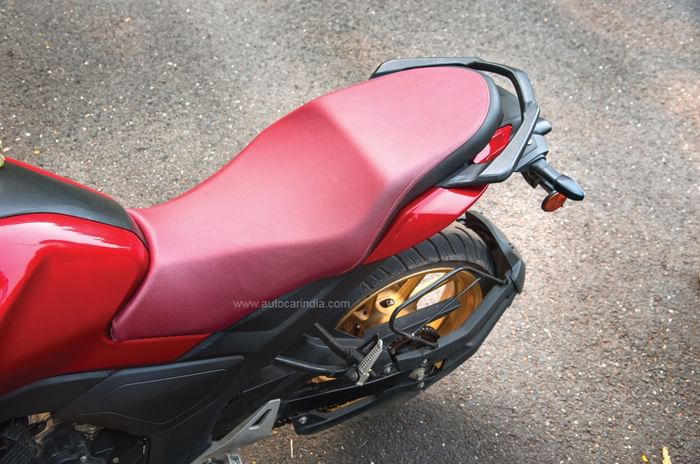
At its core, the FZ-S V4 DLX is a commuter and I have no qualms about that – its sales success highlights that this is what customers want. Performance is enough for daily duties, it’s roomy for taller riders while being unintimidating for shorter ones, and it’s one of the most fuel-efficient bikes in the class.
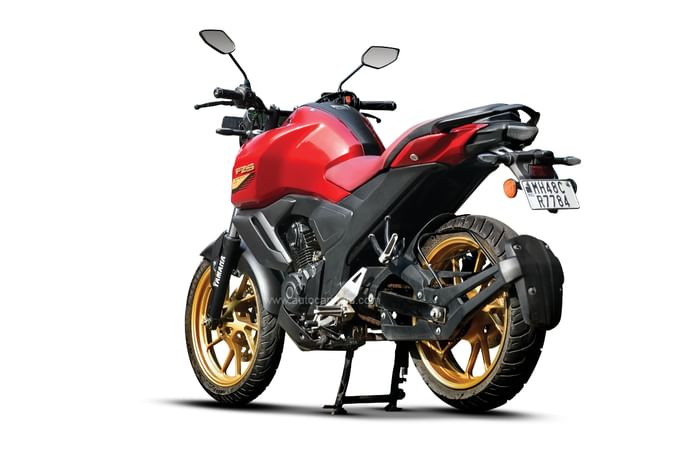
However, at Rs 1.29 lakh, the FZ-S V4 DLX is Rs 11,000 more than the new Pulsar N150. In fact, it’s actually up there with the top variants of the Pulsar N160 and Apache RTR 160 4V, both motorcycles that it cannot compete with. However, there is also the fact that the FZ line-up starts at Rs 1.16 lakh, and if you’re okay with not having basic Bluetooth, the new headlight and traction control, you essentially have a very similar machine. And that is the FZ that we would recommend.





